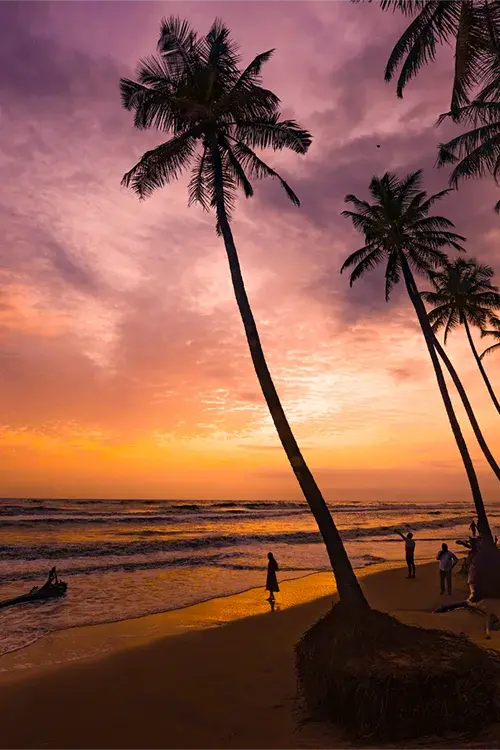Enchanting Kerala
Chinnar Wildlife Sanctuary
Visitors coming from the Kerala side can take the Marayoor-Udumalpet highway, which roughly cuts the sanctuary into two, on its way to the neighbouring State of Tamil Nadu. The sanctuary is positioned in such a way that the visitors have the advantage of watching its fascinating wildlife at close quarters from the safety of a vehicle. For travellersers, especially those keen to be part of the wild, a visit to Chinnar can be expanded by accommodating the nearby Eravikulam National Park near Munnar and the Indira Gandhi Wildlife Sanctuary in the neigbhouring State of Tamil Nadu.
Upon reaching Chinnar, one could easily take note of the change in the terrain features, which is mostly of undulating in nature and with rocky patches. It definitely adds to the scenic splendour of the sanctuary. The altitude here swings from 500 to 2400 m within a few kilometer radius bringing about a dramatic variation in the climate and vegetation. The highest peak here is Nandanmala rising up to 2372 m. Equally impressive are the Kottakombu malai (2144 m), Vellakkal malai (1863) and Varayattu malai (1845 m).
Variations in altitude have resulted in diverse vegetation settings in Chinnar. Among the wildlife sanctuaries in Kerala, visitors to Chinnar would find it unique because of a combination of thorny scrub forest marked by xerophytic species, dry deciduous forests, high shoals and wetlands.
Of course the star attraction among the faunal wealth here at Chinnar is the endangered Grizzled Giant Squirrel and the legendary 'white bison of Manjapatti.' Chinnar is the second habitat of Grizzled Giant Squirrel in India and the riverine forests along Chinnar and Pambar support a healthy population of this magnificent animal. Spotted deer, common langurs, gaurs and elephants are the others to watch out for in Chinnar. It is an abode of reptilian fauna and the richest in Kerala in terms of the number of species. With 225 recorded species of birds, Chinnar is one of the richest areas in South India when it comes to avian diversity.
A host of eco-tourism activities await visitors at Chinnar. The eco-tourism activities here are organized jointly by the Forest Department and the Eco-development Committees (EDCs) comprising local tribal communities. The activities are designed to offer a wide spectrum of wilderness opportunities to the visitors and to provide means of sustainable livelihood for local communities. And some of the eco-tourism activities at Chinnar include River trekking, Trekking to the cultural site (dolmens), Nature trail to the watchtower, Trek to Thoovanam falls, Interpretation activities and medicinal garden, Tree house at Chinnar, Machans at Koottar, Karakkad and Champakkad and Trekking and camping at Vasyappara.
Trekking options inside the Chinnar Wildlife Sanctuary would also take one close to the tribal communities here viz. Muthuvans and the Hill Pulayas. Inhabiting the sanctuary in eleven hamlets, they have different lifestyle and the sanctuary is a source of livelihood for these tribes, which also helps them to maintain their cultural heritage. One would also come across during the forest trails in Chinnar, megalithic burial sites of archeological significance, which are made of dolmens and cysts, found near some tribal settlements.
Visitors to Chinnar can find accommodation options at the nearest town of Marayur. Chinnar is just 20 km from the natural sandalwood forest of Marayur and about 58 km from the popular tourist destination of Munnar.
For more details on Chinnar Wildlife Sanctuary, get in touch with:
Forest Information centre
Wildlife Warden's Office
Munnar P.O.
Idukki - 685612
Tel / Fax: 91-4865-231587
Email: enpmunnarsify.com
Eco-development Committee Office
Chinnar Check Post
Chinnar Wildlife Sanctuary
Marayur P.O.
Idukki - 685620
Getting there:
By road: From Kochi it is about 208 km and from Coimbatore, about 115 km.
By rail: Aluva, about 200 km and Polachi, about 60 km.






